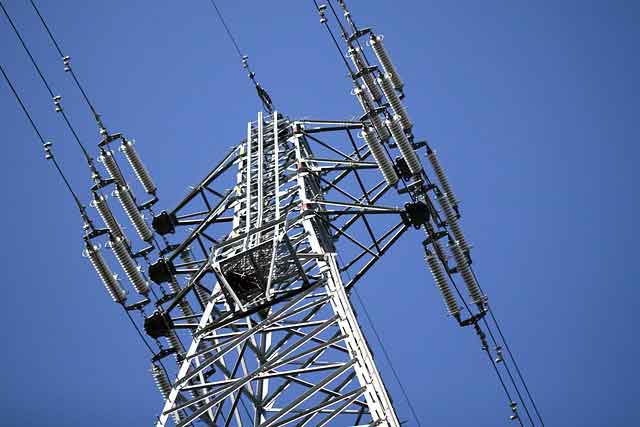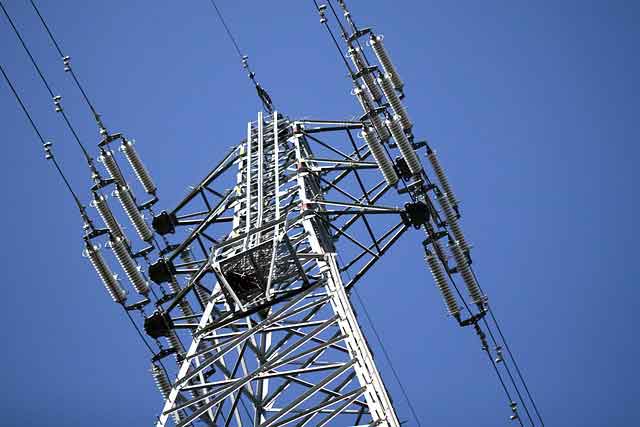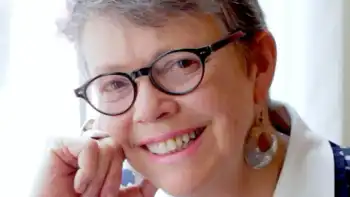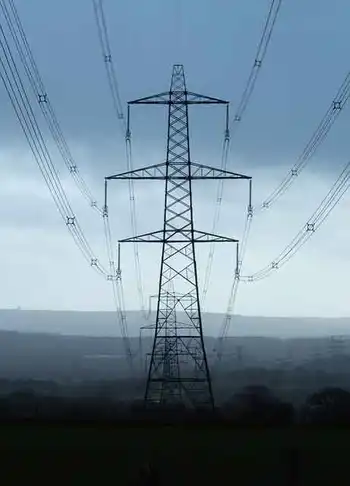India’s Kakrapur 3 achieves criticality
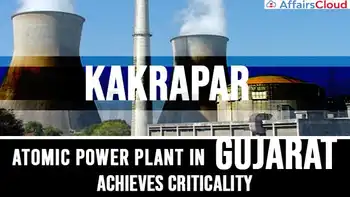
NFPA 70e Training - Arc Flash
Our customized live online or in‑person group training can be delivered to your staff at your location.

- Live Online
- 6 hours Instructor-led
- Group Training Available
Kakrapar Unit 3 700MWe PHWR achieved first criticality, showcasing indigenously designed nuclear power, NPCIL operations, Make in India manufacturing, advanced safety systems, grid integration, and closed-fuel-cycle strategy for India's expansion of pressurised heavy water reactors.
Key Points
India's first indigenous 700MWe PHWR at Kakrapar reached criticality, advancing NPCIL's Make in India nuclear power.
✅ First indigenous 700MWe PHWR achieves criticality
✅ NPCIL-built, Make in India components and contractors
✅ Advanced safety: passive decay heat removal, containment spray
Unit 3 of India’s Kakrapar nuclear plant in Gujarat achieved criticality on 22 July, as milestones at nuclear projects worldwide continue to be reached. It is India’s first indigenously designed 700MWe pressurised heavy water reactor (PHWR) to achieve this milestone.
Prime Minister Narendra Modi congratulated nuclear scientists, saying the reactor is a shining example of the 'Make in India' campaign and of the government's steps to get nuclear back on track in recent years, and a trailblazer for many such future achievements.
India developed its own nuclear power generation technology as it faced sanctions from the international community following its first nuclear weapons test in in 1974. It has not signed the Nuclear Non-Proliferation Treaty, while China's nuclear energy development is on a steady track according to experts. India has developed a three-stage nuclear programme based on a closed-fuel cycle, where the used fuel of one stage is reprocessed to produce fuel for the next stage.
Kakrapar 3 was developed and is operated by state-owned Nuclear Power Corporation of India Ltd (NPCIL), while in Europe KHNP considered for a Bulgarian project as countries weigh options. The first two units are 220MWe PHWRs commissioned in 1993 and 1995. NPCIL said in a statement that the components and equipment for Kakrapur 3 were “manufactured by lndian industries and the construction and erection was undertaken by various lndian contractors”.
The 700MWe PHWRs have advanced safety features such as steel lined inner containment, a passive decay heat removal system, a containment spray system, hydrogen management systems etc, the statement added.
Fuel loading was completed by mid-March, a crucial step in Abu Dhabi during its commissioning as well. “Thereafter, many tests and procedures were carried out during the lockdown period following all COVlD-19 guidelines.”
“As a next step, various experiments / tests will be conducted and power will be increased progressively, a path also followed by Barakah Unit 1 reaching 100% power before commercial operations.” Kakrapur 3 will be connected to the western grid and will be India’s 23rd nuclear power reactor.
Kakrapur 3 “is the front runner in a series of 16 indigenous 700MWe PHWRs which have been accorded administrative approval and financial sanction by the government and are at various stages of implementation”. Five similar units are under construction at Kakarapur 4, Rajasthan 7&8 and Gorakhpur1&2.
DAE said in January 2019 that India planned to put 21 new nuclear units with a combined generating capacity of 15,700MWe into operation by 2031, including ten indigenously designed PHWRs, while Bangladesh develops nuclear power with IAEA assistance.





